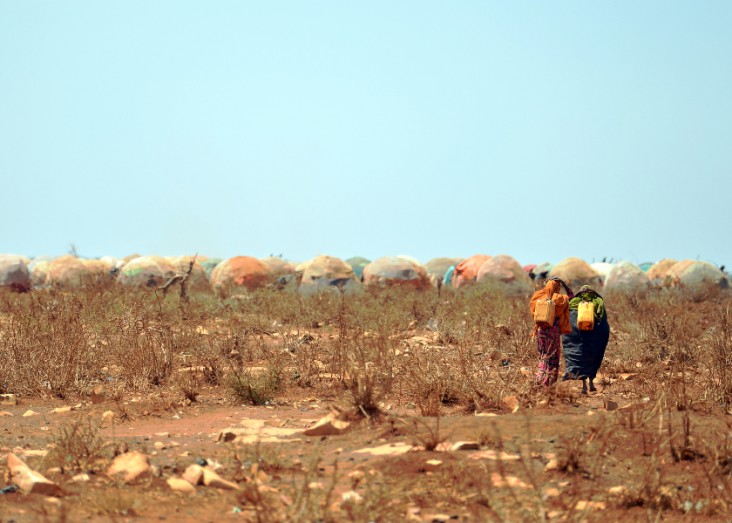- What We Do
- Agriculture and Food Security
- Democracy, Human Rights and Governance
- Economic Growth and Trade
- Education
- Environment and Global Climate Change
- Gender Equality and Women's Empowerment
- Global Health
- Humanitarian Assistance
- Transformation at USAID
- Water and Sanitation
- Working in Crises and Conflict
- U.S. Global Development Lab
Speeches Shim

Latest Somalia Fact Sheet
view text version [pdf, 632kb]
01.08.2021 Somalia Emergency Active Program Map ![]() (pdf - 1 MB)
(pdf - 1 MB)
2020_09_30 East Africa Desert Locust Crisis Map ![]() (pdf - 1 MB)
(pdf - 1 MB)
Key Developments
Tropical Cyclone Gati made landfall in northeastern Somalia’s Bari Region in late November, resulting in nine deaths and adversely affecting approximately 120,000 people, according to the UN.
Populations in Bari are projected by Famine Early Warning Systems Network to face increased levels of acute food insecurity from February to May due to heavy flooding and Somalia’s desert locust infestation.
USAID's Bureau for Humanitarian Assistance partners responded to humanitarian needs resulting from deyr seasonal flooding, which had affected nearly 73,000 people as of November.
USAID is also responding to the massive regional locust outbreak affecting Somalia and its neighbors. Learn more about our locust response.
Background
Since 1991, Somalia has experienced a persistent complex emergency due to chronic food insecurity, widespread violence, and recurrent droughts and floods. The 2011 drought—widely regarded as the country’s worst in 60 years—severely deteriorated food security among pastoralists and populations in marginal farming areas, resulting in famine in areas of Bay, Bakool, and Lower and Middle Shabelle regions, as well as among internally displaced persons in Mogadishu and the nearby Afgooye corridor.
Despite modest improvements in recent years, malnutrition rates in Somalia remain among the highest in the world, and ongoing insecurity in the country—particularly in areas that lack established local authorities and where al-Shabaab is present—contributes to the complex emergency. Sustained life-saving assistance, coupled with interventions aimed at building resilience, is critical to help vulnerable households meet basic needs, reduce malnutrition, and protect livelihoods. An estimated 6.7 million people require humanitarian assistance between January and December 2017.

Comment
Make a general inquiry or suggest an improvement.